
In November 2025, China’s newest carrier-borne stealth fighter-the J-35-moved from prototype status into low-rate production and marked a key turning point in Beijing’s naval aviation capabilities. Based on the FC-31 demonstrator, this twin-engine jet is configured for catapult-assisted launches on the Type 003 Fujian supercarrier and positioned to challenge Western dominance in carrier-based fifth-generation fighters.
But the unveiling of the J-35 speaks to more than just another new aircraft it represents the beginning of a broader transformation within China’s defense industry from its focus on reverse-engineering foreign designs toward the production of indigenous, export-ready platforms. The development of the J-35 offers a window for both defense analysts and military aviation observers into how China intends to project power across the Indo-Pacific and further complicate adversary planning.
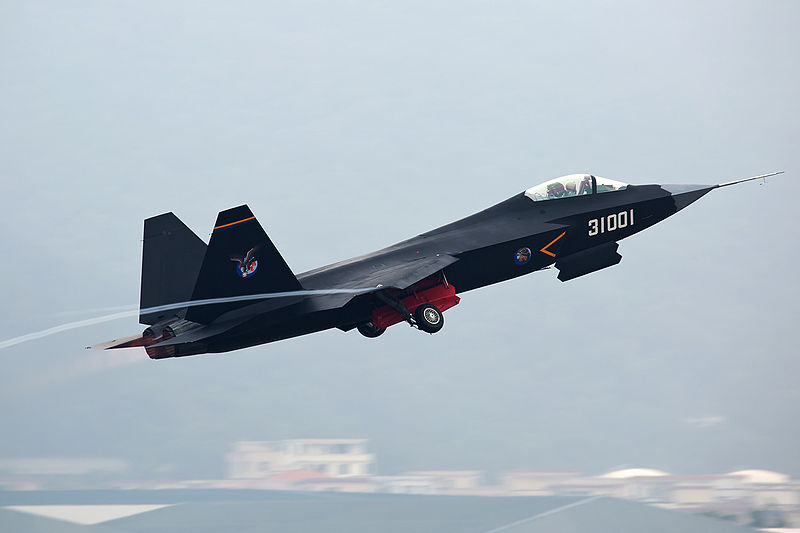
1. FC-31 Prototype to Carrier-Ready J-35
The J-35’s ancestry stretches back to the FC-31, a stealthy demonstrator that first took to the skies in 2012 and was initially aimed at the export market. PLAN interest in a navalized variant drove extensive modifications-folding wings, beefed-up landing gear, and a catapult launch bar-to meet CATOBAR requirements aboard the Fujian. In late 2021, the carrier variant took to the skies for the first time by mid-2025, imagery confirmed low-rate production with PLAN markings. This evolution reflects a broader shift by China from adapting foreign aircraft toward iterating on indigenous designs to address strategic needs.

2. Integration with Fujian’s EMALS Catapults
Commissioned on 5 November 2025, Fujian is the first Chinese carrier to have an electromagnetic aircraft launch system installed, thus skipping steam catapults altogether. The leap was ordered by President Xi Jinping in person, aiming at a finer launch control, less wear on airframes, and the ability to deploy lighter UAVs. Thus, the CATOBAR-capable J-35 is able to exploit the advantages of EMALS launching with heavier payloads and greater fuel loads than ski-jump carriers permit, enabling it to fly longer range missions or fulfill a wider variety of mission roles.
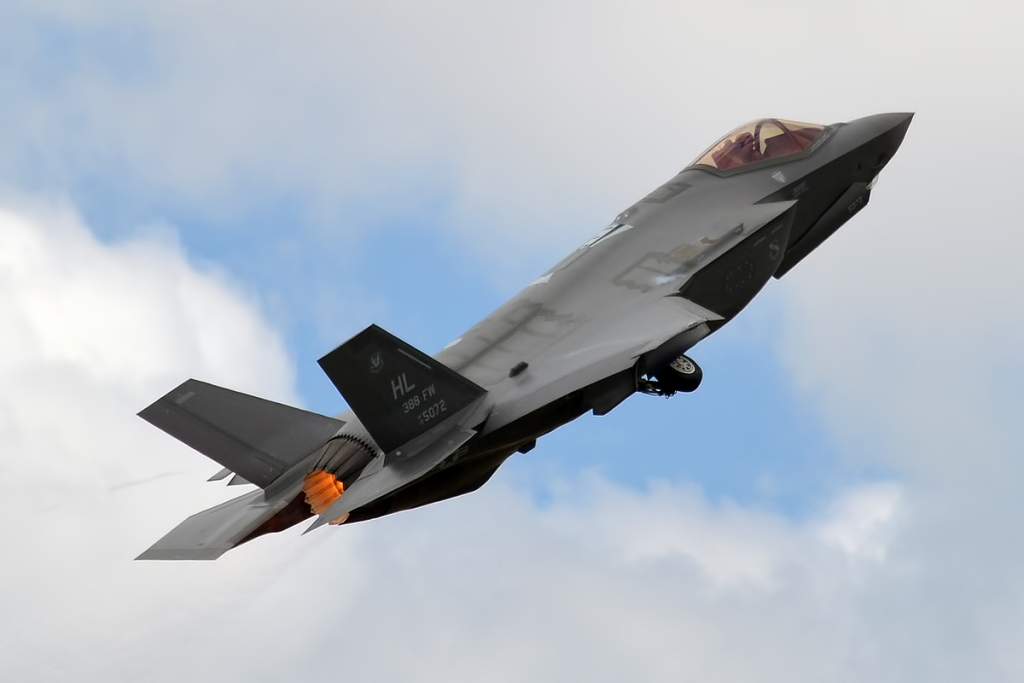
3. Stealth Profile and Radar Cross-Section Claims
Chinese state media claims the J-35 radar cross-section is less than that of a human palm, reduced by shaping and proprietary metamaterials. It is estimated in the range of 10-100 cm², comparable to the U.S. F-35 with its golf-ball-sized signature. Although these figures are unverified, they do underpin ambitions to match Western standards for stealth. True performance will only be proved in operational encounters against allied radar systems.
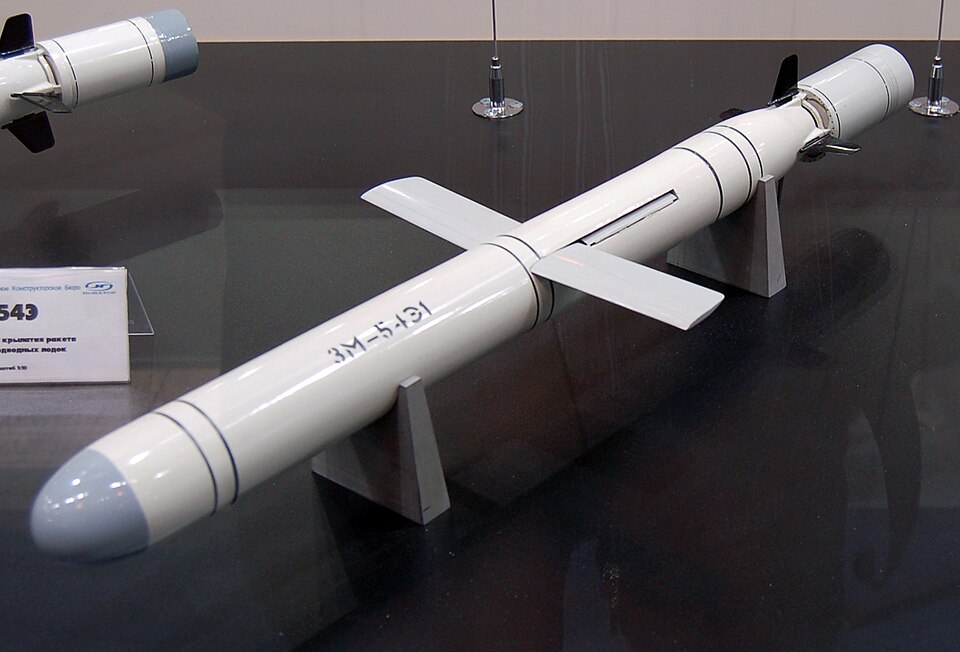
4. ‘Beast Mode’ Payload Capacity
There are reports that the J-35 can carry up to 12 missiles in a mixed loadout of six internally and six externally without completely abandoning stealth, including PL-15 long-range BVR missiles, PL-10 short-range IR missiles, and speculative CM-98 standoff cruise missiles. This would thus allow saturation strikes, air superiority patrols, and suppression of enemy air defenses from one platform. The implications are truly profound and possibly redefine the nature of engagements across both the Taiwan Strait and the South China Sea.
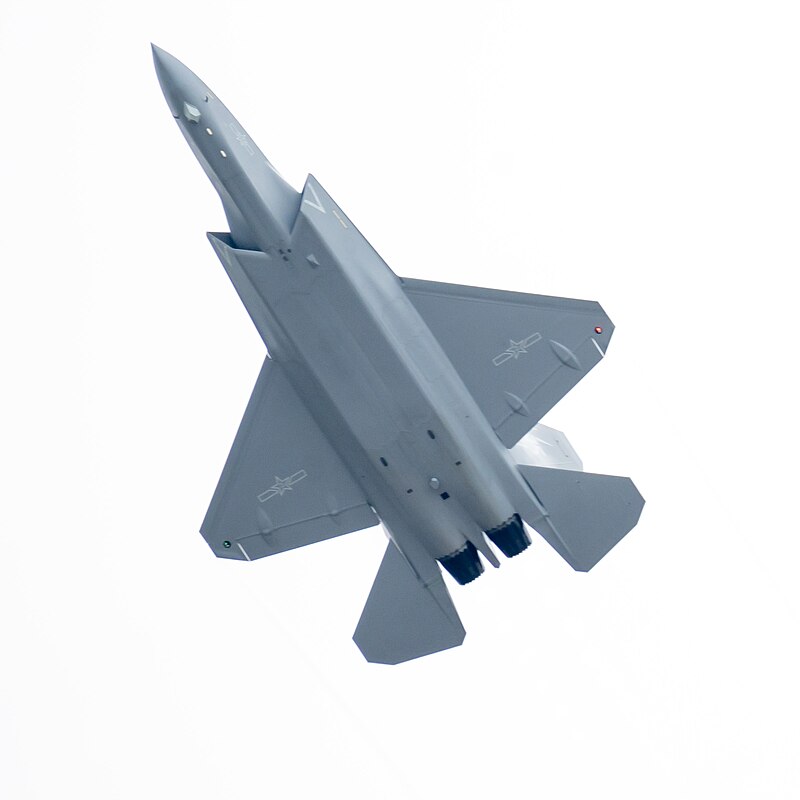
5. Engine Development and Variants
Reports indicate that the naval J-35 uses the WS-21, an improved derivative of the WS-13, while the land-based J-35A probably is already fielding the advanced WS-19. Reliability of the engines and thrust-to-weight ratio remain vital issues, especially for sustained carrier operations. The production variant will most likely be standardized with the WS-19 to enable supercruise and improve endurance in keeping with China’s push for parity with Western propulsion technology.
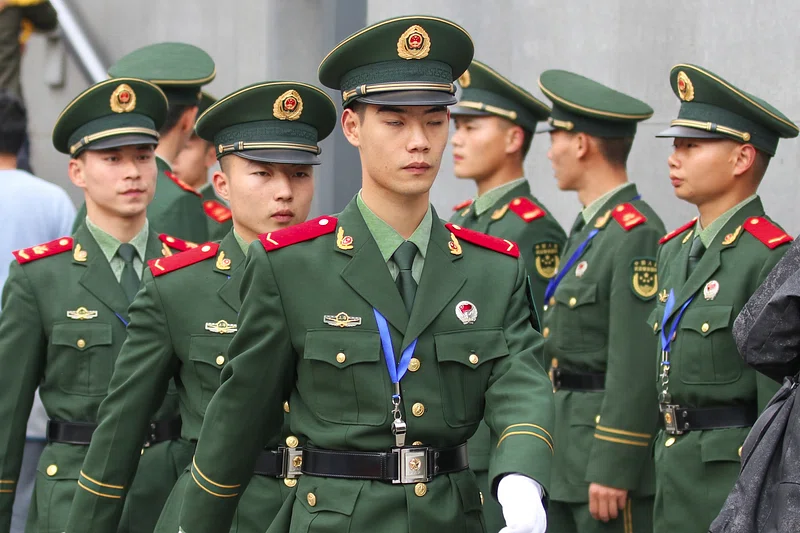
6. Dual-Domain Versatility
The J-35 is designed for carrier and land-based operations, making the jet a strategic enabler across Chinese military architecture. Such a modular design would enable rapid variant development, easing production costs and logistics. It can be deployed from both Fujian-class carriers and land bases, furthering China’s ability to concentrate fifth-generation assets in contested zones.

7. Role in China’s A2/AD Strategy
In the anti-access/area denial framework in China, carrier-borne J-35s would be able to project power far beyond the coastline to strike adversaries well before detection. Operating in concert with KJ-600 AEW&C aircraft and PLAN surface combatants, formations of J-35s may be able to enforce layered denial zones that complicate U.S. and allied air superiority planning and force extended operational buffers.

8. Production Scaling and Export Potential
Open-source data suggests that China intends to produce up to 50 J-35s annually at full-rate production. Pakistan has expressed interest in an export variant, and other partners within China’s defense orbit may also declare their requirements. At a unit price estimated between USD 40–70 million, the J-35 significantly undercuts the F-35’s price, placing its fifth-generation capability within reach of countries reliant on non-Western supply chains.

9. Operational Challenges Ahead
Besides these promises, the J-35 has to overcome some obstacles in proving stealth capability in combat conditions, engine reliability, and validation of sensor fusion systems. External ‘beast mode’ loads may degrade both stealth and range, while sustained carrier operations will test airframe durability. Its open architecture does, however, hint at quick upgrade potential, not dissimilar to iterative improvements visible in the China’s J-20 program.
The transition of the J-35 from an export-minded prototype to a carrier-borne stealth fighter reflects China’s broader ambition fielding a blue-water navy capable of contesting the Indo-Pacific. Whether its claimed stealth, payload, and range advantages prove out in operational service will determine whether it becomes a true peer to Western fifth-generation fighters. For now, its integration with the Fujian and the potential for mass production mark it as a pivotal element in China’s evolving maritime power projection strategy.

